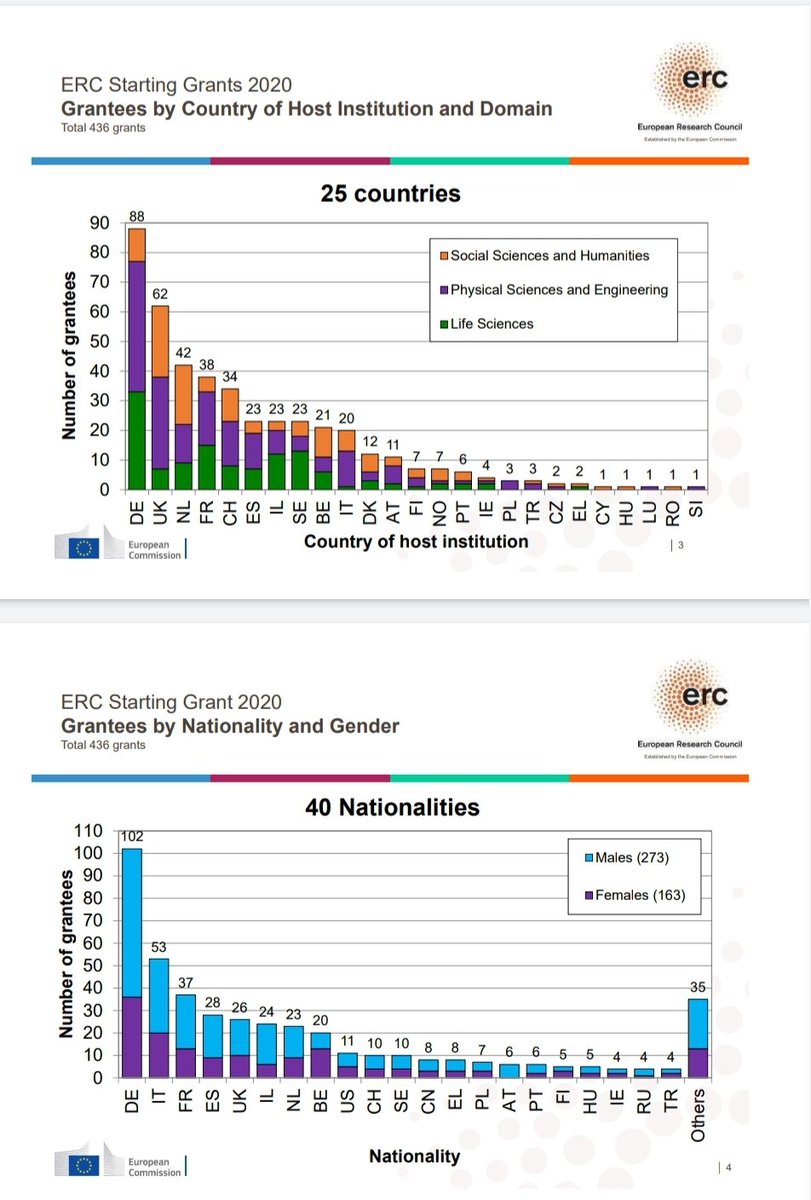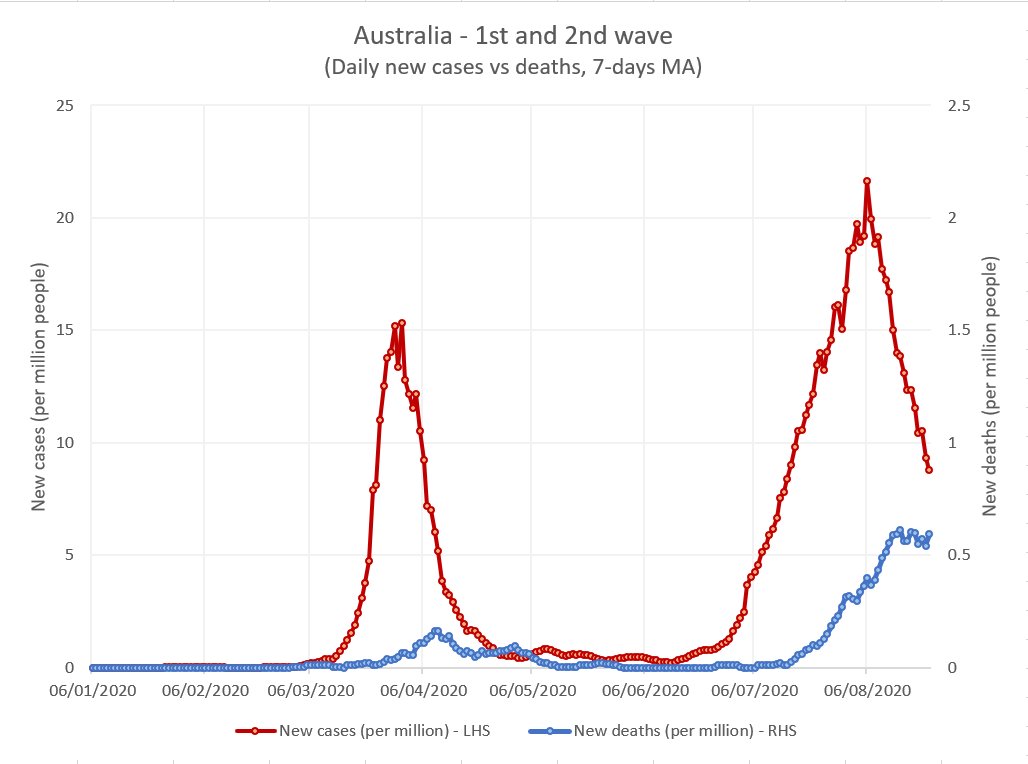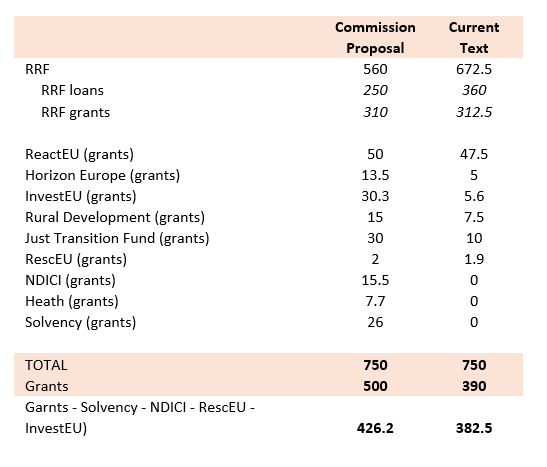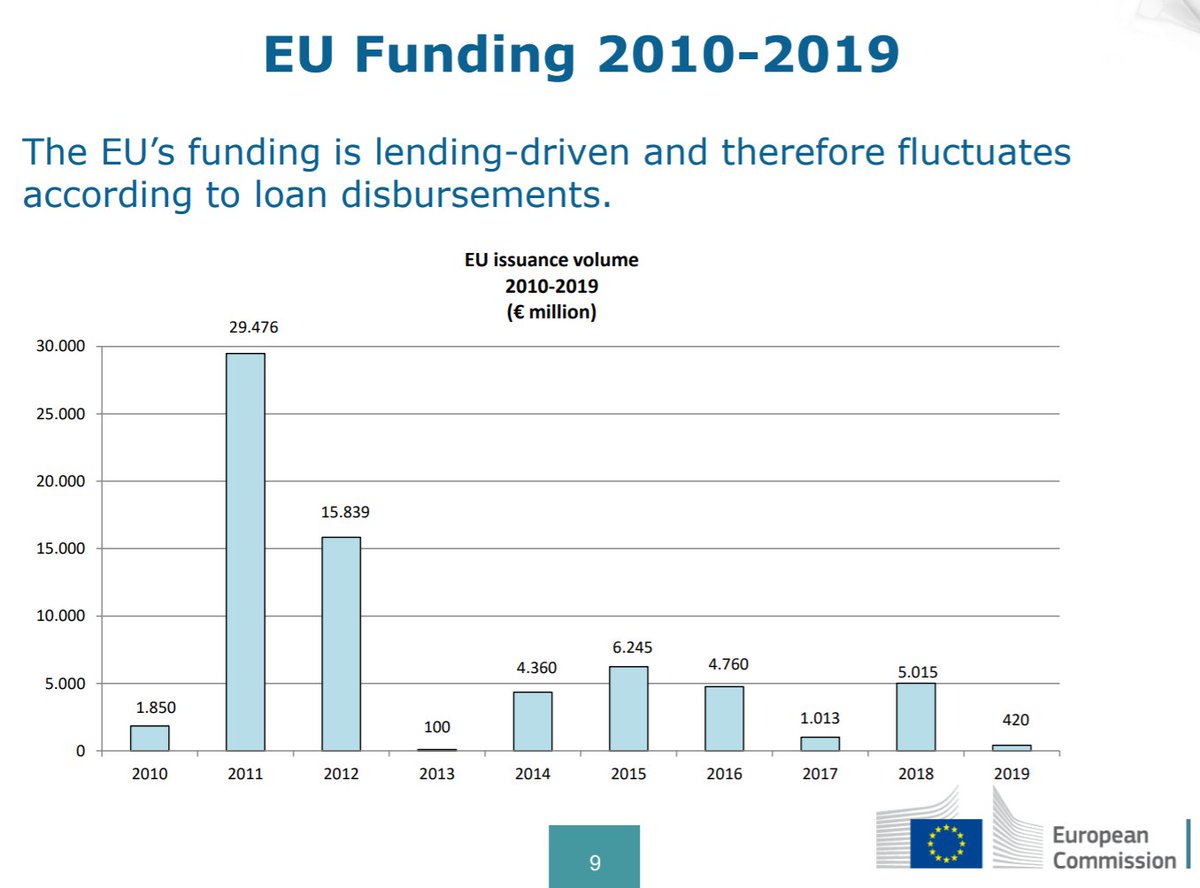
It's #ElectionDay in an unprecedented election in an unprecedented year. I think this chart offers the clearest and most synthetic picture of where the perfect political storm scenario could come from: it's all in the timeline mismatch. ⬇️ 1/ 

Biden's lead is stronger in swing states (notably Pennsylvania and Michigan) that are unlikely to be called tonight because they do little pre-processing of postal ballots. Swing states Trump could win (Florida and NC above all) have long pre-processing and will be called. 2/ 

Add to this that the in person vote has become a completely partisan issue in this election, because of COVID. So it could very well look like the in person vote is leaning red in 'Biden states' such as Pennsylvania and Michigan, tonight. Voters self-selection at work. 3/ 

If that happens, and at the same time Trump keeps Florida and North Carolina, he might declare victory. The mail ballots would overturn it, but the incumbent has been quite vocal as to the intention to challenge their legitimacy before SCOTUS. Uncertainty would clearly ensue. 4/ 

So, long story short: Florida and North Carolina are the states to watch tonight. If Biden wins them, it's a solid step towards game over. If not, then differences in pre-processing practices across swing states creates an opening for a perfect political storm scenario. end/
• • •
Missing some Tweet in this thread? You can try to
force a refresh







